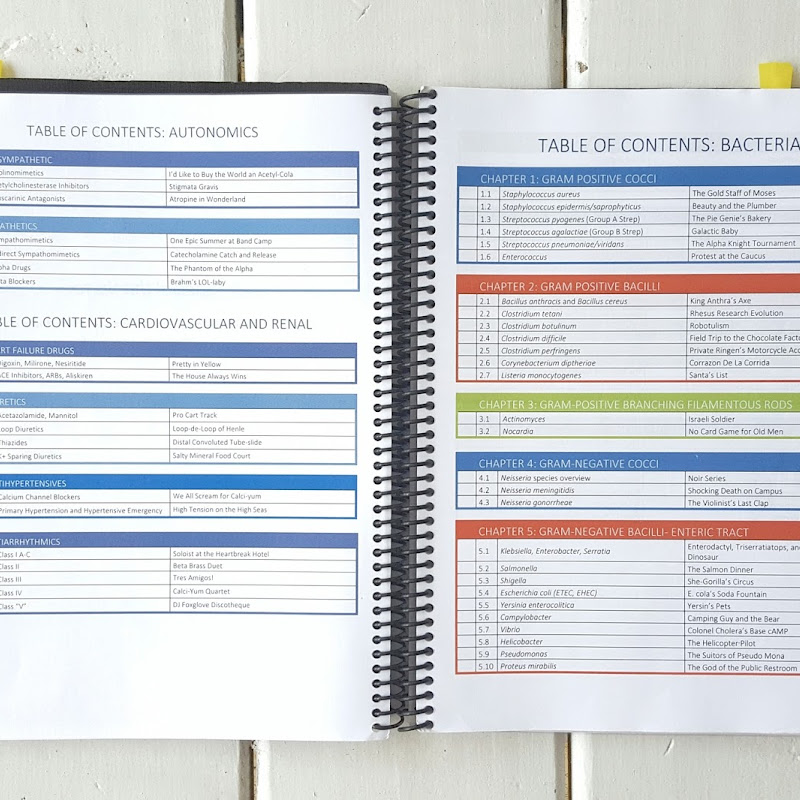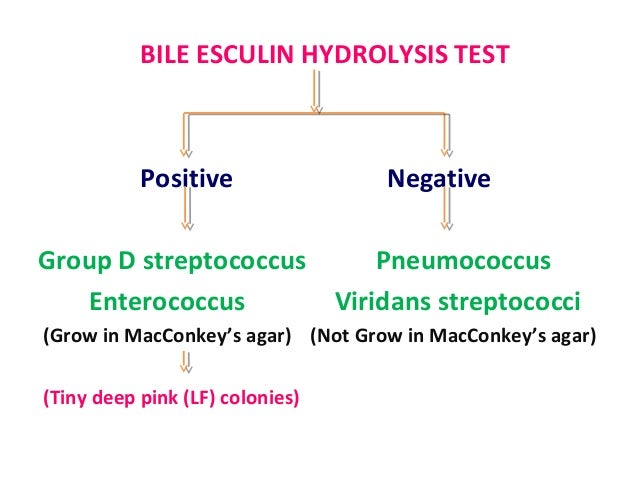

Rivers, who isolated it from influenza patients. parainfluenzae was originally described in 1922 by Thomas M. influenzae, the otherwise best known and most commonly isolated member of the genus, is rarely associated with infective endocarditis.

Haemophilus parainfluenzae is one of the most common HACEK organisms associated with endocarditis. Here, we will review the most common species isolated from the HACEK group. A recent multinational study attributed 1.4% of cases of endocarditis to HACEK organisms. Most endocarditis is caused by Gram-positive bacteria (most commonly Staphylococcus or Streptococcus) with a minority caused by Gram-negatives or fungi.

One hypothesis is that they spread hematogenously following introduction into the blood during tooth brushing, dental cleanings, or subsequent to oral diseases such as periodontitis. All HACEK organisms are commensals of the human oropharynx but how they travel to distal sites to cause disease is not fully established. The HACEK group is not based on taxonomic relationships but on the organisms’ propensity to cause endocarditis. HACEK Organisms are Associated with Infective Endocarditis The acronym stands for H aemophilus, Aggregatibacter, C ardiobacterium, E ikenella, and K ingella: all HACEK members are fastidious Gram-negative bacteria associated with infective endocarditis. The acronym “HACEK” is common in clinical microbiology, although its pronunciation may be somewhat controversial (hay-sek or hah-sek?).


 0 kommentar(er)
0 kommentar(er)
